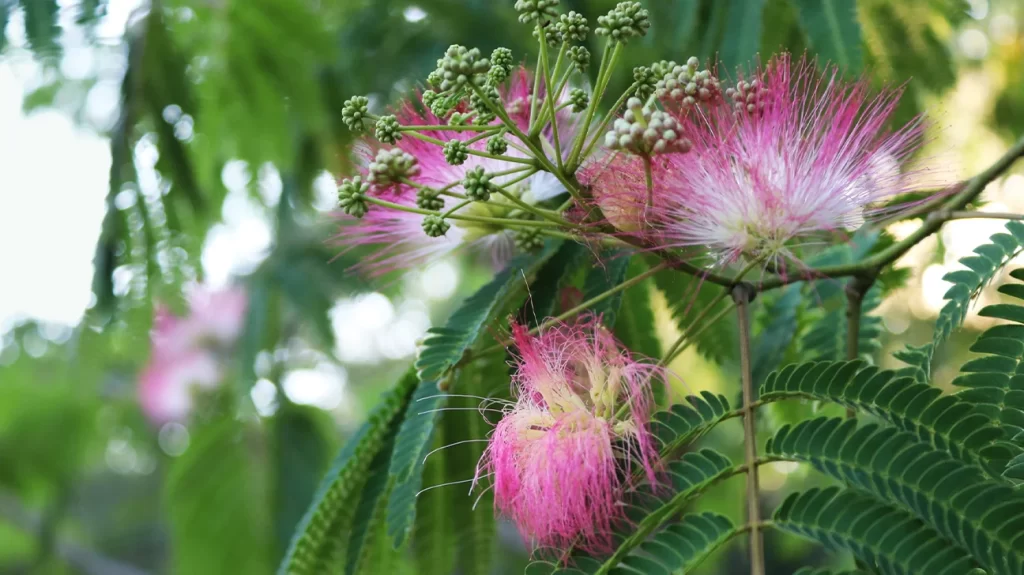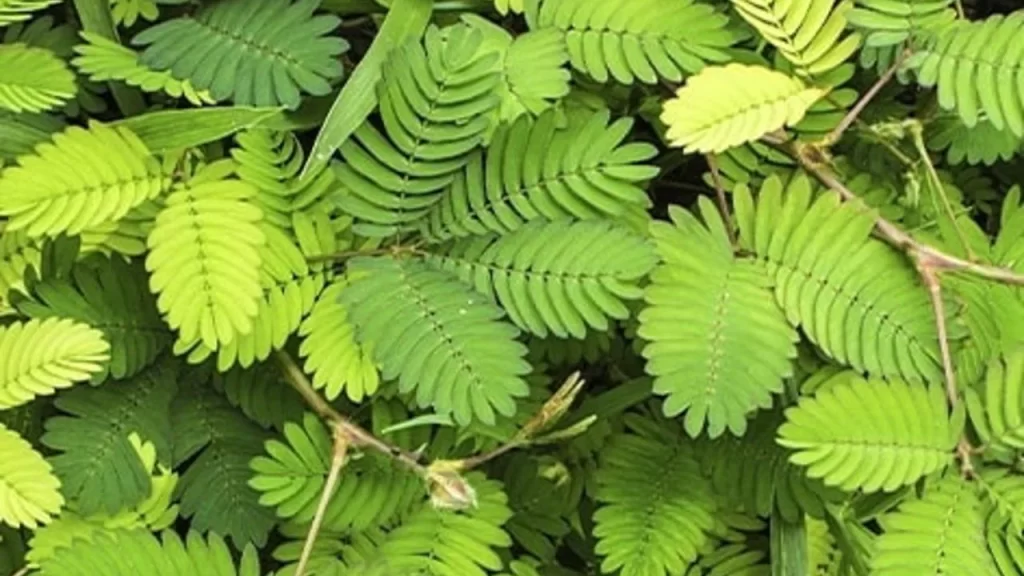Tepezcohuite and the Mayans of Mexico
The Mayans knew Mimosa hostilis/tenuiflora by the name Tepezcohuite, and they already used it more than 10 centuries ago for its important antimicrobial, analgesic and cellular regenerating properties, as a cure for skin diseases and for the treatment of injuries.
Popularly known as “the tree whose shell turns into powder that heals wounds”, its traditional use has transcended to the present day thanks to the traditional medicine of the Mayans.
The name Tepezcohuite comes from the Nahuatl words tepetl (hill) and cuahuitl (tree); “tree on the hill.” Also by tepuscuahuitl, “Iron tree”, alluding to the hardness of its wood.

Modern history of Tepezcohuite in Mexico
In 1986 there was an information “boom” about the healing properties of Tepezcohuite. Major catastrophes had occurred in Mexico: the eruption of the Chichonal volcano in Chiapas in 1982, the explosion of a gas plant in San Juanico, state of Mexico in 1984, and the earthquakes in Mexico and El Salvador in 1985.
These events left many victims with wounds and burns, helpless due to the lack of material resources and medicines. It was the engineer Roque León, a pioneer in the research and dissemination of the properties of Tepezcohuite, who made known the healing effects of the bark of the trunk of this tree, an easy resource to find since it grew in his native state.
After being used successfully in the eruption of the Chichonal volcano, it was used massively in the two subsequent catastrophes.
The effects of Tepezcohuite bark powder on burn patients were almost miraculous, and it was found to very effectively control three key parameters: pain, infection and dehydration.
When the plant powder was applied, it formed a mass that, when hardened, became a scab that protected the underlying tissue. No new applications of the powder were made, except in areas of great movement such as the folds of the joints.
Several weeks later, when the scab came off and the wounds were washed with warm water, the new, pink skin almost always appeared without retraction, impeccable.
Studies were initiated on the antibiotic activity of extracts from the bark of Mimosa hostilis/tenuiflora, proving the inhibition of the in vitro growth of common microorganisms on the skin and which, in the case of burns or wounds, constitute the group at greatest risk for causing infections.
Fungi such as Candida albicans, an opportunistic microorganism resistant to most antibiotics and which can cause serious infections, are sensitive to Mimosa hostilis/tenuiflora extracts.

Analogues of Ayahuasca in Mexico
In Mexico, there is no evidence of the ancestral use of Mimosa hostilis/tenuiflora as an entheogen, even though it has a great tradition as a medicinal tree. Even so, there are several native species that can be used as MAO inhibitors for psychoactive drink preparations analogous to ayahuasca.
The Passiflora Incarnata is a plant that grows in Veracruz, Tabasco, Chiapas and in most states with a tropical climate. In Mexico it is very easy to find in the markets since it is used as a natural alternative to benzodiazepines in cases of insomnia or anxiety, due to its sedative effects. Passiflora Incarnata contains flavonoids (1.5% of the branches and leaves) and monoamine oxidase inhibitor beta-carbolines (between 0.1% and 0.2%).
Although its level of beta-carbolines is very low, its effectiveness has been demonstrated to be used as an MAO inhibitor in preparations similar to ayahuasca; It is believed that some of its flavonoids could also be responsible for the inhibitory action of monoamine oxidase.
Both the concentrations of DMT in Mimosa hostilis/tenuiflora and beta-carbolines in Passiflora Incarnata can vary considerably in different areas.
